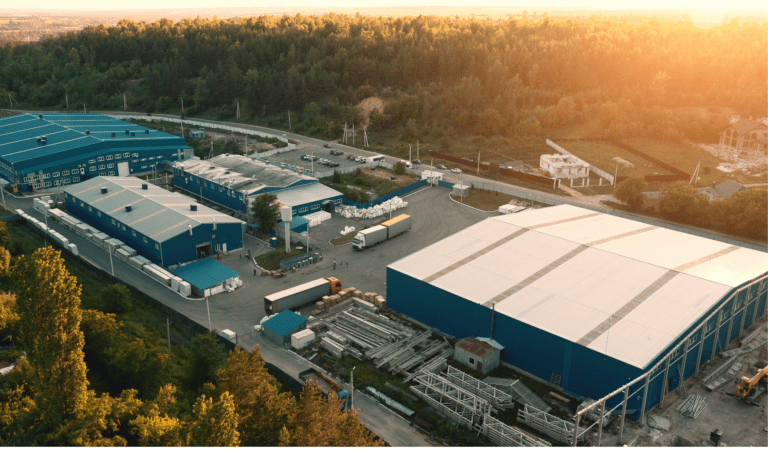Work orders are documents produced by a company to authorize the start of a specific project. They can be generated by any department depending on the type of work they are starting. Further, they are used in monitoring the whole asset and equipment assessment process.
Whip Around uses some of the most advanced work order software in operations to help tracking your equipment and asset inspection. This eliminates mishaps; lose of parts and ensures time keeping.
Benefits of Using a Work Order System
According to Bizfluent, a working work order system has several significance, features, importance, and functions. Some benefits of a work order system are:
Easy Access to Important Documents
Whip Around deals with so many companies thus has a large asset base. They keep records of these assets is by using advanced work order system. It provides a means for easy tracking and identifying documents needed for each step of transaction.
Most of the documents on the work order system include photos and scannable bar codes which make it easy to store and retrieve when need be.
Real Time Order Processing
Traditional work orders involves writing down hard copy then sending to a technician or the intended staff. It takes a long time to reach the intended party. Automated work order systems Whip Around uses ensure everyone involved in the transaction process receives the work order spontaneously. The parties can easily identify the relevant information and make any correction if need be in real time. This tends to be time saving.
Seamless Company Operations
A well developed work order system, works such that the users can easily create and access the needed work orders. It is also easy to operate as the users and the maintenance staff do not need any special or technical skills to operate. This reduces the risk of breakdown in communication. Complete communication leads to proper operations of the whole company.
Types of Work Orders
There are various types of work order based on what task is to be accomplished. These include:
-
General Work Order – This is a work order that is meant to carry out unscheduled tasks that do not fall into any of the other categories, like setting up of new equipment.
-
Preventive Work Order – This a regularly carried out work order on equipment or assets where a failure is highly undesirable. In this case preventive work orders are carried out in cycles, say every 60 days. Such a work order is meant to check for any arising problems and solve them before they degenerate, or else fulfill tasks such as oil and filter changes, paint jobs, among others.
-
Inspection Work Order – This is a scheduled work order that goes deeper into the overall asset care than a preventive work order. A skilled technician or engineer may, for example, do regular inspections to determine overall health of equipment. From his report other work orders may be raised to settle any issues which may be raised.
-
Corrective Maintenance – This is a work order as may be raised when corrective measures are deemed necessary after an inspection. They are usually intensive and geared towards dealing with a specific issue, as opposed to the general nature of the others.
Whip Around software has all these and more in mind, and regardless of what you want to keep well maintained, inspected or even overhauled, Whip Around software will help you keep track of it all.
Work Order Process Flow
A work order covers several steps depending on what type it is. It is meant to be all inclusive as far as a specific task is concerned. However there are several steps common to all work orders:
-
Work order creation: When task is due to be accomplished either by having been scheduled or because of an arising problem, a work order is raised. This can be raised by anybody in the chain, from clients, technicians or even a software company like Whip Around. At this stage a parent work order is raised with general information which can even be auto filled by software. Here you can have problem definition, estimated cost, location and relevant details of the owner/client.
-
Work Order approval: After creation the work order is dispatched for approval through various ranks. Here details like cost and procedure to be undertaken are fine tuned and receive approval. In case on conflicts it can be edited
-
Material/parts: If there are any materials, equipment or parts needed to carry out the task, the relevant suppliers are notified. These are delivered and approved beforehand in time for the actual site visit. This leaves time for any corrections and reorders to be accomplished and helps eliminate possible hiccups.
-
Work Order completion: The work order is carried out and the technicians fill out last details like numbers of hours worked.
-
Filing and documentation: The completed work order is delivered for archiving for record keeping purposes.
When using Whip Around work order software this whole process is fluid and paperless, and information passed can be edited by authorized people to capture any changes that might occur
How Working Work Order Systems Saves Organization Money in the Long Run
These are some of the ways a work order will help save your company money in the long run;
Time Management
Time spent in fleet and equipment inspection is a time that would have otherwise been used productively in other areas. The use of the reliable work order system by Whip Around saves you valuable time which you can use doing other important things. This improves your productivity, and brings you in a lot of money.
Reliable Preventive Asset Maintenance Program
Having an updated work order ensures asset maintenance program you can rely on. It ensures keeping of crucial information, like warranty, installation instructions and procedures, and means of proper inspection. This will ensure you follow the right procedures and avoiding asset damages. You will save money on the need for regular repairs or purchasing new ones which is what happens without preventive maintenance.
Visual Asset Mapping
You do not have to worry about the state of your asset during inspection. The work order system used allows you to locate your asset while at the Whip Around premises. This saves you money and time you could have otherwise spent traveling to go for physical checkups.
Conclusion
In conclusion, you are assured of the best fleet and asset inspection process when you work with Whip Around. They use appropriate work orders depending on your needs. The work order system is made to boost performance, increase efficiency, improve communications, establish a good relationship between you and the company, and ultimately help save you money.





